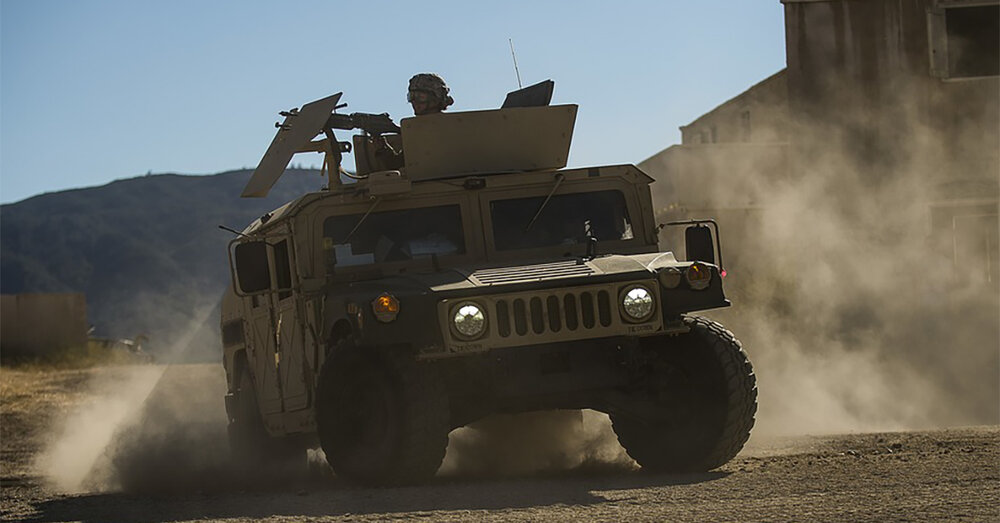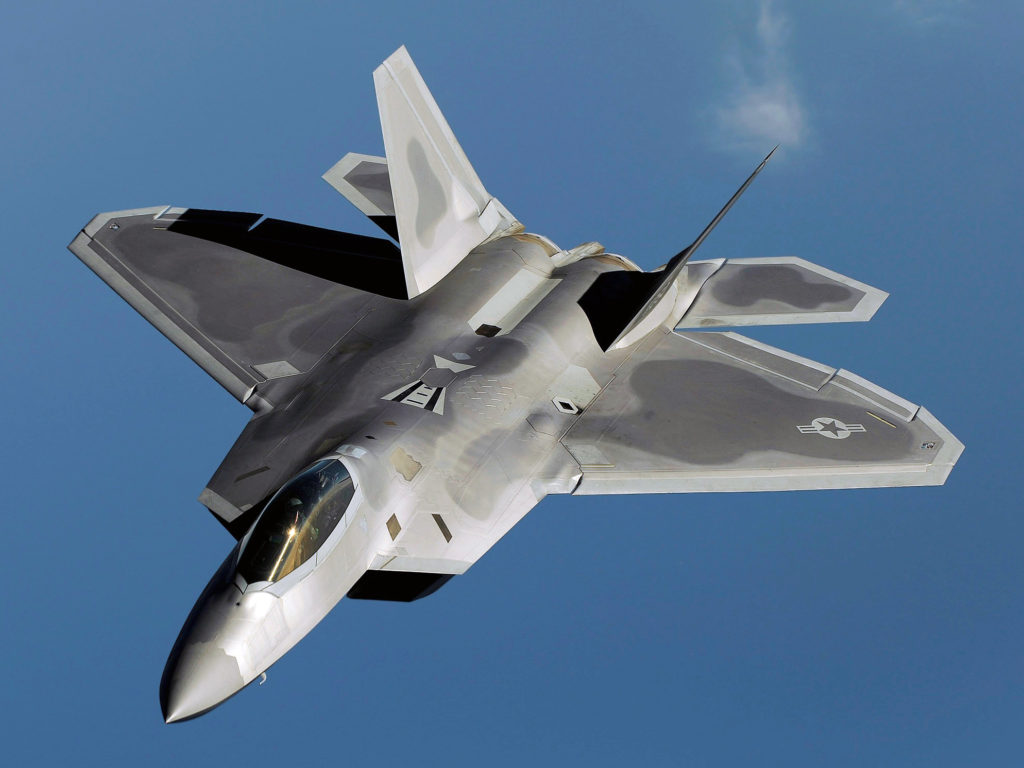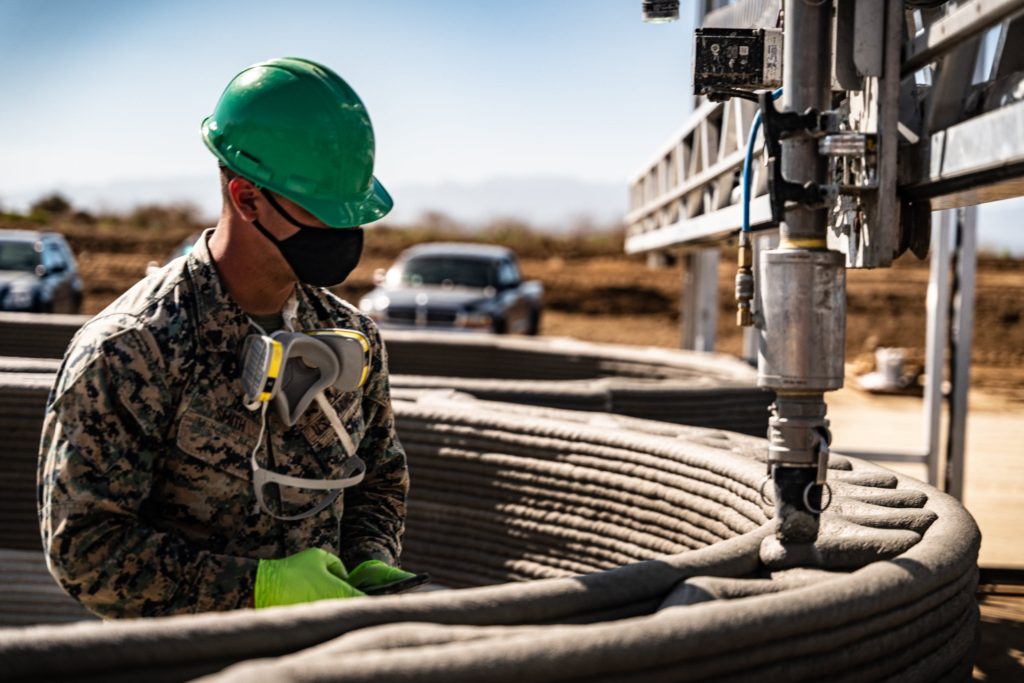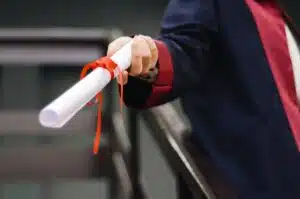In war, a military is always looking to get an edge over their opponents.
One such advantage a military can have over its adversaries is manufacturing. For example, quick and efficient manufacturing contributed to the downfall of the Axis powers in WWII, as the American industrial machine was able to outproduce the Axis powers.
If your opponent can produce more weapons and machinery than you, they will win nine times out of 10.
The Military still recognizes the importance of cutting-edge manufacturing technology, which we can see through their current Additive manufacturing applications.
Additive manufacturing allows for greater flexibility in manufacturing, better control of supply chains, and greater speed compared to traditional manufacturing. Having control over these aspects of manufacturing can mean the difference between life or death on the battlefield.

3D Printed military Vehicles
The US government recently commissioned defence manufacturer ASTRO America to help develop the worlds largest 3D metal printer for the manufacturing of monolithic hulls that will cost less, weigh less, be faster to make and most importantly will provide better protection.
Being able to produce hulls for vehicles in one piece allows for greater control of the supply chain as a major piece of the vehicle can be produced in one factory instead of the traditional route which would have called for multiple pieces of the hull to be manufactured separately and finally assembled.
This improves the strength of the supply chain, as there is less of a reliance on outsourced goods, which we can see from the Pandemic are extremely fragile and can break quite easily.
In war having greater control over this could be the difference between winning or losing.

Better 3D printed F22 Replacement Parts
The US Airforce recently 3D printed a new titanium part for the F22 Raptor fighter Jet.
Although the part is quite small and is in the cockpit, the pentagon feels like its start of big things.
This new 3D printed part is replacing an older part which was made of aluminium and needed to be replaced 80% of the time during maintenance.
The newer part is made of Titanium which doesn’t corrode, is lighter and is hoped to last for the entire lifetime of the F22.
This saves the Military a lot of money as they don’t have to order minimum quantity orders from their suppliers and can manufacturer one off pieces on demand.
3D printing part in this fashion also allows for older equipment to be kept in service longer as replacement parts that manufacturers no longer produce can be 3D printed on demand.
Being able to keep older equipment in service for longer saves the military lots of money as they are able to get better returns on their research and development investments.

3D Printing Barracks & Bunkers in 36 hours
3D Printing isnt only limited to making parts for equipment but can also be deployed to build full sized buildings.
The US marines Corps and ICON (A Building 3D printing company) teamed up to 3D print a Shelter for a Portable Missile Launching Vehicle.
The Barracks was printed using the Vulcan 3D printer which extrudes a concrete like material called Lavacrete.
With minimal training from the ICON team on standby, the Marines we’re able to “Print” a concrete shelter in only 36 hours on site using Vulcan’s simple software that can be accessed from a tablet.
This type of technology that allows for full sized buildings to be erected in such a short time with very little skills could be a game changer on the battlefield.
The flexibility of only needing printer and file to build literally any building means that forces could set up a base in foreign territories faster which would provide a tactical advantage.



